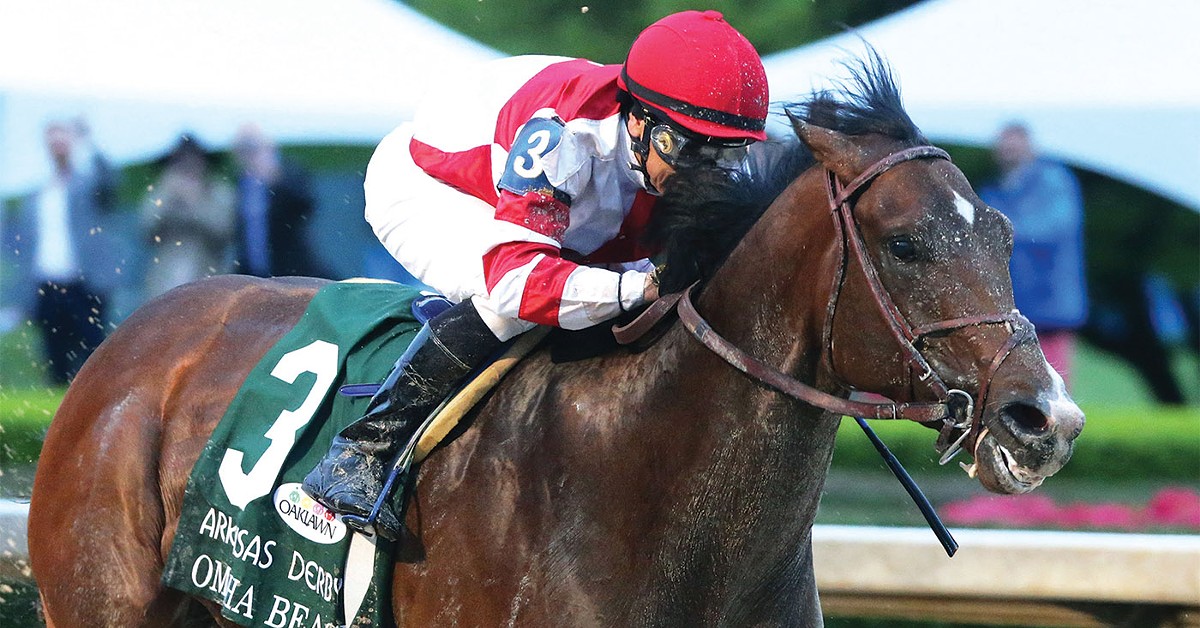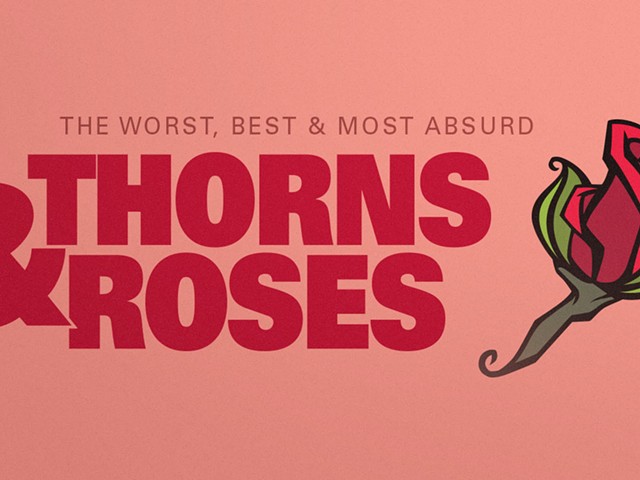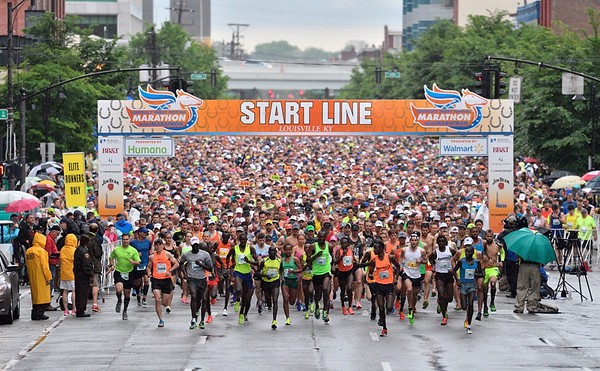This piece is part of a package of stories and commentary on horse racing in Kentucky and elsewhere. For more, click here.
“Should racing continue as is” the voice on other end of the line inquired and I — like so many in the Thoroughbred industry have — took a deep breath and tried to gather up the assembly line of emotions such words have sparked in recent months.
It’s a question that understandably bears asking and repeating given the current situation that has transpired at Santa Anita Park. I don’t need to tell you which situation I’m talking about but, for the record, here you go: the one with the 29 equine fatalities, the one that has sent management and horsemen and everyone in between searching for answers to a multi-factorial quandary. The one that has given rise to a narrative that our sport just marches forward, resistant to meaningful change.
With crisis comes panic, and when panic sets in, it can drown out the noise of anything around it no matter how clear the voices are.
The last few months have demonstrated as much, as one blanket statement after another has been made regarding the state of Thoroughbred racing in North America — some justified, some clearly a grab at the lowest hanging fruit. So, in an attempt to answer what has become our $64,000 question, I’ll do what my decades of reporting has taught me and start first and foremost with some facts.
Contrary to popular belief, there actually have been considerable reforms that have transpired throughout the sport — ones that directly contradict the notion that our participants are satisfied with the status quo. While athletes in a competitive setting are always going to be at risk for injury, the last decade-plus has seen the Thoroughbred industry repeatedly put protocols in place to try and identify the causal factors that lead to catastrophic injuries, then mine that information in the form of tangible change.
When racing faced a similar crisis in 2008 following the death of the filly Eight Belles in the wake of her runner-up finish in the Kentucky Derby, the National Thoroughbred Racing Association Safety and Integrity Alliance was launched with the purpose of creating the safest racing environments possible. Since its inception, it has helped spearhead reforms in areas of improved medication and testing policies, guidelines for injury reporting and prevention, safety research and post-racing care for retired race horses. It is no coincidence that there has been a decline in the rate of equine fatalities since the existence of the Alliance — a 16% drop in the rate across all surfaces.
The reason we can track such figures now is due to the Equine Injury Database — another initiative born out of collaboration from this supposedly “fractured” industry. Launched in 2008 by The Jockey Club, the concept for the database arose during the Safety and Welfare of the Racehorse Summit, a workshop designed to improve safety and soundness for the Thoroughbred racehorse. Since it was formed, the accountability that has come from the 109 tracks which have given data has contributed to an 11% drop in the rate of fatalities on dirt, a 38% drop on turf and a 17% drop on synthetic surfaces.
An absence of leadership within the sport is another inaccurate narrative bandied about by those unwilling to acknowledge the work that has and continues to be done every day to keep moving the needle forward. Working together, the leadership in the seven states that make up the Mid-Atlantic put in a series of reforms that have seen the rate of breakdowns in the region reduced by 35% since 2012. Not satisfied with that progress — or the fact that catastrophic injury rates in races at the three New York Racing Association tracks specifically are down 50% since 2012 — the Mid-Atlantic announced another strategic plan this past March to further reduce catastrophic breakdowns with the goal of promoting such best practices across ALL jurisdictions. In April, The Stronach Group, owners of Santa Anita Park, Golden Gate Fields, Gulfstream Park and the Maryland Jockey Club, and Thoroughbred Owners of California adopted safety and welfare protocols that are among the most stringent in the world. And while lack of uniformity and “drug use” have been used to decry the current racing landscape, the fact is in all U.S. racing jurisdictions, painkillers, stimulants and performance-enhancing substances are strictly prohibited, and the anti-bleeder medication known as Lasix is the only medication that can legally be administered to a horse on race day.
I could add more figures — like $26.3 million in projects Grayson-Jockey Club Research Foundation has helped fund since 1983 or the more than $13.8 million the Thoroughbred Aftercare Alliance has granted to accredited organizations since 2012. But here’s what the numbers can’t tell you: This sport impacts its participants in a way that is beyond any conventional measure. These horses are not simply commodities to their barns — they are members of the family to those who devote themselves to their care. That is why our horsemen brazenly put their own lives at risk running into burning barns when the Lilac Fire hit San Luis Rey Downs Training Center in 2017, why competitors on the backside united as one when a tornado struck Churchill Downs in 2011, why anytime one of their own is in need, the outside world gets a lesson in just how deep the connections within this community run.
Make no mistake, we are an industry with ample work to be done and accountability to be had. And just as our fans have shown up for this sport in the form of exceptional crowds and handle records set for every race in the Triple Crown this year, we all need to keep showing up with effective measures that ensure the safety and welfare of our athletes remains our utmost priority.
The minute we stop trying to do better is the minute that declarations of our demise will actually ring true. Thankfully, as our past performances show, continuing on “as is” has never been our objective. •
Alicia Hughes, a former turf writer for the Lexington Herald Leader and BloodHorse, is director of communications for the National Thoroughbred Racing Association in Lexington.






